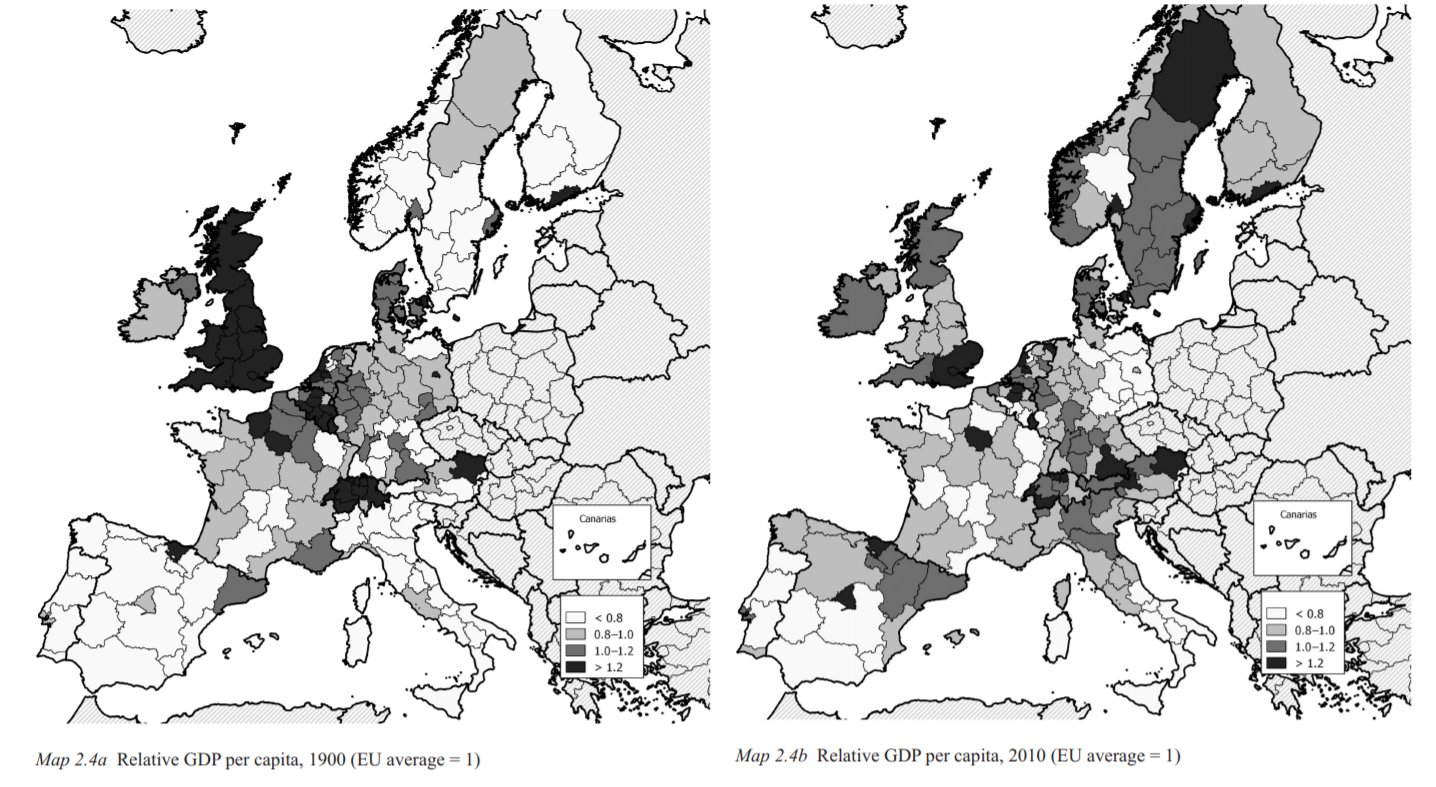Europeans are discovering 20th-century American design – and driving up prices.
James Zemaitis: I think that it’s still absurdly underrated in terms of its market value. I think that what we are seeing now is that in this blurring of boundaries between design, art, and craft, the uncertainties that we all have – the curators and professionals in my field have in branding or typecasting design, art, and craft, and what is it. I mean you can see that in the Museum of Art and Design – their decision to change their name from the American Craft Museum – what we are discovering however, and I think what Europeans are discovering right now is all of these great American furniture designers in the ‘60s and ’70s who in many cases worked in very isolated circumstances – the kind of proverbial hippie in the woods. California had dozens and dozens of brilliant furniture designers who exhibited only in California in the ‘60s and ‘70s. And if they exhibited nationally it was at a place like the Renwick in Washington, D.C. Right now for the first time, I really feel that we are beginning to understand an international, post-war, organic kind of woodworking vibe that is predominantly American but has contributions from France, from Denmark, from Brazil. But it’s the Americans who are being, you know, increasingly sought after. And it’s hilarious that there is five or six furniture designers working in, say, New Hope, Pennsylvania and Lambertville, New Jersey; who, you know, 10 years ago a work by Paul Evans – a guy who worked in New Hope – I mean I couldn’t give the piece away. It would be $2,000, you know, for a sideboard of his that is now worth $250,000. So . . . And who is driving that market? The Europeans.
Recorded on: 1/30/08





